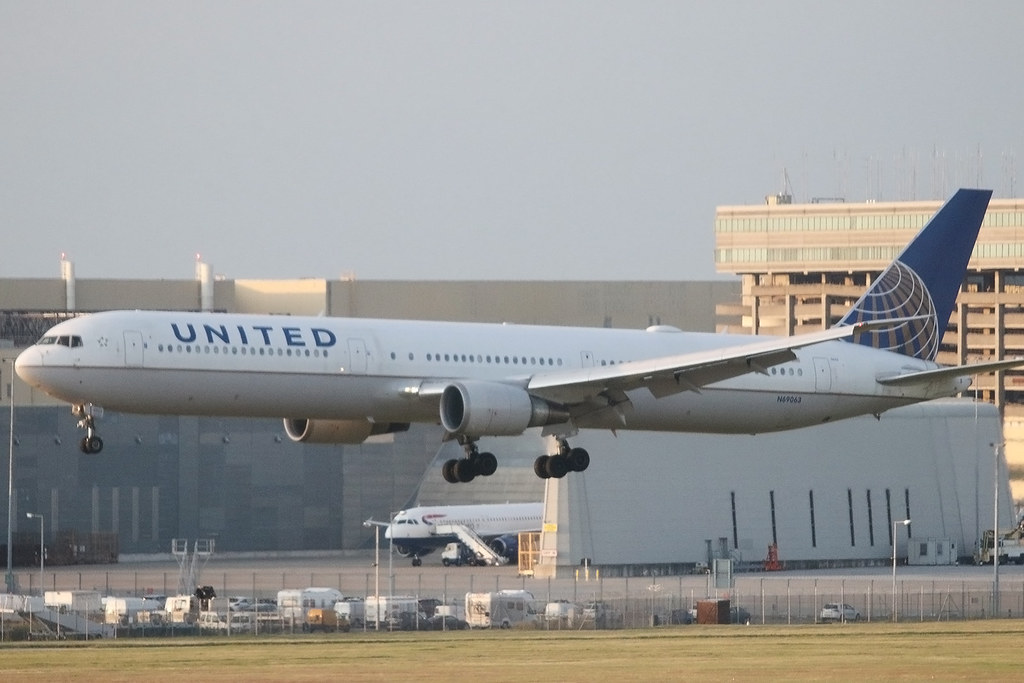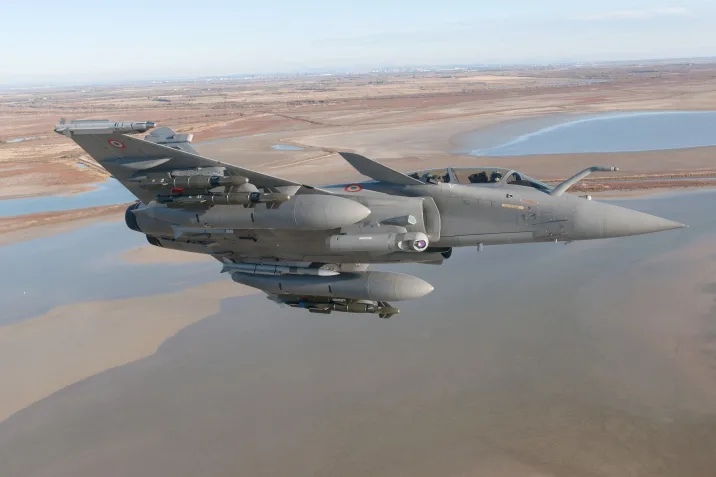CHICAGO, Feb. 19, 2021 /PRNewswire/ — United Airlines (Nasdaq: UAL) today announced plans to expand its global route network with new, nonstop service between Boston Logan International Airport and London Heathrow. This new service builds upon United’s growing presence in London and provides customers on the East Coast with another convenient option to get to London. United plans to operate its premium Boeing 767-300ER aircraft on the route, with 46 United Polaris Business Class and 22 United Premium Plus seats. The aircraft features the highest proportion of premium seats on any widebody aircraft operated by a U.S. carrier between London and the United States.
“We are thrilled to offer travelers a convenient, non-stop option between Boston and London with this addition to our global network,” said Patrick Quayle, United’s vice president of International Network and Alliances. “We will continue to monitor the demand recovery and travel restrictions as we finalize a start date for this service later in 2021.”
Tickets will be available for purchase on united.com and the United app in the coming weeks.
United has provided service to London Heathrow for nearly 30 years and over the course of the pandemic has maintained continuous service between the U.S. and London. Looking ahead, Boston will be United’s 19th daily flight between the United States and London Heathrow.
| Boston – London Schedule | ||||||
| From | To | Depart | Arrive | Frequency | Aircraft | |
| Boston | London | 10:00 p.m. | 9:35 a.m.+1 | Daily | 767-300ER | |
| London | Boston | 5:00 p.m. | 7:30 p.m. | Daily | 767-300ER | |
| Schedule subject to change |
United’s Polaris product is a premium travel experience that prioritizes relaxation and comfort with features that include everything from custom, luxury bedding from Saks Fifth Avenue and restaurant-quality, multi-course inflight dining to premium amenity kits and full flat-bed seats with direct aisle access. Along with its 46 Polaris Business Class seats, the aircraft also features 22 United Premium Plus seats, 43 United Economy Plus seats and 56 United Economy seats.
Committed to Ensuring a Safe Journey
United is committed to putting health and safety at the forefront of every customer’s journey, with the goal of delivering an industry-leading standard of cleanliness through its United CleanPlus program. United has teamed up with Clorox and Cleveland Clinic to redefine cleaning and health safety procedures from check-in to landing and has implemented more than a dozen new policies, protocols and innovations designed with the safety of customers and employees in mind.



